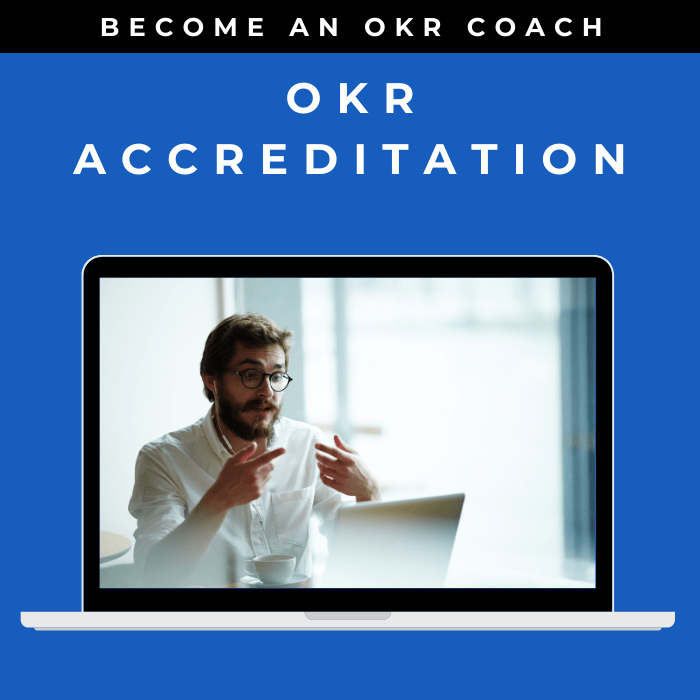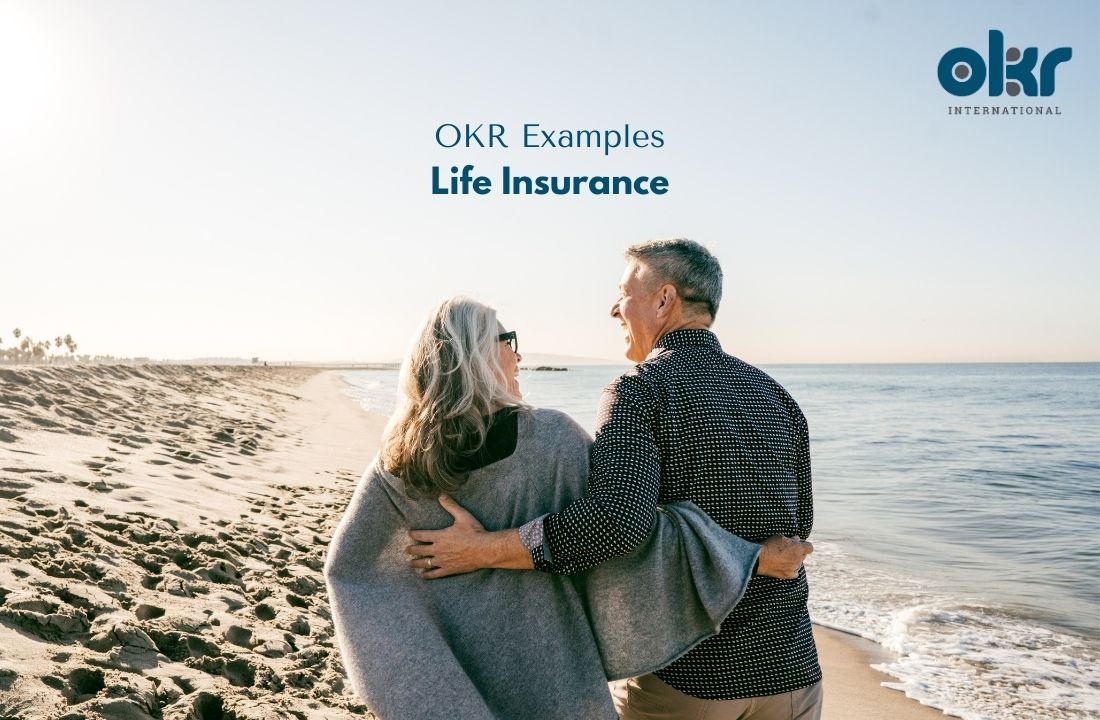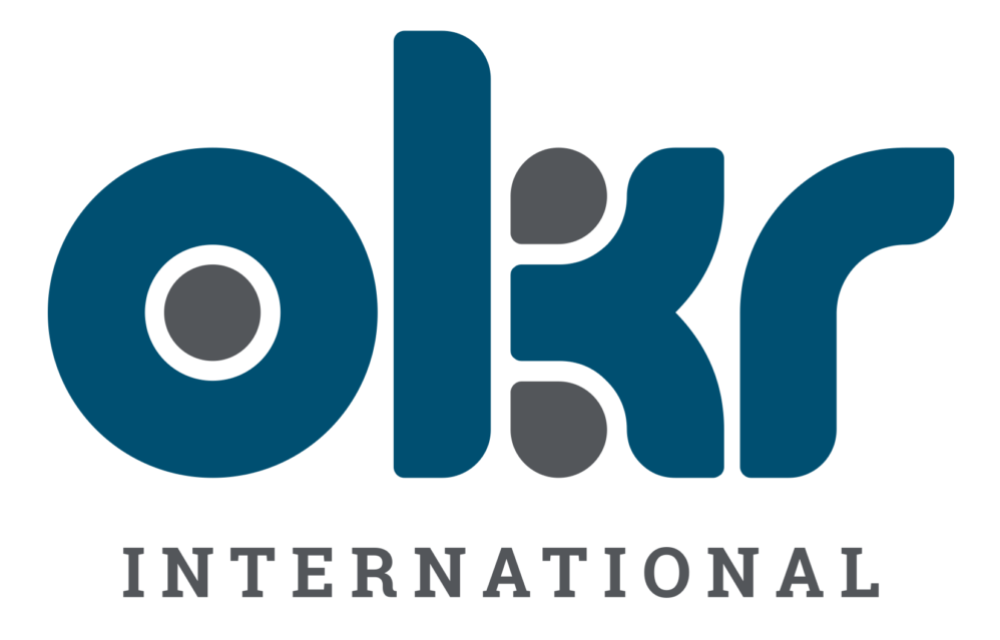10 Effective OKR Examples in Life Insurance
Life insurance is a vital financial tool that provides security and peace of mind for individuals and their families. To drive growth, enhance customer experiences, and improve operational efficiency, Objectives and Key Results (OKRs) serve as a powerful strategic framework. In this article, we will explore ten effective OKR examples that are revolutionizing the life insurance sector and propelling it towards a successful future.
1. Enhancing Customer Education
Objective: Improve customer understanding of life insurance products and benefits.
Key Results:
- Increase the percentage of customers with basic life insurance knowledge by 20% within the next year.
- Launch 5 educational campaigns to promote awareness of life insurance benefits within the next semester.
- Achieve a 90% customer satisfaction rate with life insurance education initiatives within the next quarter.
2. Expanding Digital Channel Presence
Objective: Accelerate the adoption of digital channels in life insurance operations.
Key Results:
- Increase the percentage of policyholders using digital channels for policy management to 80% within the next two years.
- Enhance the functionality and user experience of the online policy purchase portal by 70% within the next semester.
- Achieve a 30% decrease in manual paperwork through digital processes within the next quarter.
3. Strengthening Underwriting Practices
Objective: Optimize underwriting practices to streamline policy issuance.
Key Results:
- Reduce the average policy issuance time by 20% within the next year.
- Implement 100% automated underwriting systems to expedite policy approvals within the next semester.
- Achieve a 95% accuracy rate in underwriting decisions within the next quarter.
4. Enhancing Claims Processing Efficiency
Objective: Improve the efficiency and speed of life insurance claims processing.
Key Results:
- Decrease the average claims settlement time by 20% within the next two years.
- Implement 100% digital claims submission and processing systems to streamline the claims workflow within the next semester.
- Achieve a 15% reduction in claims backlog through improved process optimization within the next quarter.
5. Developing Customized Product Offerings
Objective: Foster product innovation to meet diverse customer needs in life insurance.
Key Results:
- Launch 2 new customized life insurance products within the next year.
- Develop 10 specialized policies for niche markets, such as seniors or young families, within the next semester.
- Achieve a 30% increase in policy sales from new product offerings within the next quarter.
6. Strengthening Risk Management
Objective: Enhance risk management practices to ensure long-term policy sustainability.
Key Results:
- Implement 12 proactive measures to mitigate mortality risks within the next year.
- Enhance fraud detection systems by 80% to minimize fraudulent claims within the next semester.
- Achieve a 100% compliance rate with regulatory requirements related to risk management within the next quarter.
7. Optimizing Distribution Channels
Objective: Optimize distribution channels to reach a broader customer base.
Key Results:
- Increase the number of active agents and brokers by 15% within the next year.
- Develop 3 digital distribution platforms to facilitate online policy sales within the next semester.
- Achieve a 20% growth in policy sales through alternative distribution channels within the next quarter.
8. Enhancing Customer Engagement
Objective: Improve customer engagement and retention in life insurance.
Key Results:
- Launch 5 personalized communication campaigns to foster stronger connections with policyholders within the next year.
- Implement 1 loyalty and rewards programs to incentivize policy renewals and referrals within the next semester.
- Achieve a 90% customer satisfaction rate with customer engagement initiatives within the next quarter.
9. Strengthening Data Analytics Capabilities
Objective: Enhance data analytics capabilities to drive informed decision-making and insights.
Key Results:
- Implement 1 comprehensive data analytics platform to analyze customer behavior and trends within the next year.
- Increase the utilization of data-driven insights in product development and marketing strategies by 30% within the next semester.
- Achieve a 20% improvement in customer segmentation accuracy through advanced data analytics techniques within the next quarter.
10. Promoting Financial Literacy
Objective: Promote financial literacy among customers to empower them in making informed life insurance decisions.
Key Results:
- Develop and deliver educational materials on financial planning and life insurance to 700 customers within the next year.
- Conduct 6 financial literacy workshops or webinars for customers to enhance their understanding of life insurance within the next semester.
- Measure the increase in customers’ financial literacy through pre- and post-assessments with a target improvement rate of 70% within the next quarter.
By implementing these effective OKR (Objectives and Key Results) examples, the life insurance sector can drive significant progress, enhance customer experiences, embrace digitalization, optimize underwriting and claims processes, foster product innovation, strengthen risk management practices, optimize distribution channels, and improve customer engagement. With clear goals and focused execution, the life insurance industry can redefine the future of insurance services, provide enhanced financial protection, and support individuals and families in securing their futures.
Objectives and Key Results serve as a crucial strategic framework for the life insurance industry. By setting effective objectives and measurable key results, insurance providers can enhance customer understanding, drive digital transformation, streamline underwriting and claims processes, foster product innovation, strengthen risk management practices, optimize distribution channels, and improve customer engagement. Embracing effective OKRs empowers the life insurance industry to adapt to evolving customer needs, leverage technology for operational efficiency, and deliver exceptional insurance services that provide financial security and peace of mind.
FAQs
1. What are effective OKRs in the life insurance industry? Effective OKRs in the life insurance industry are strategic objectives and key results that drive significant progress, enhance customer experiences, and improve operational efficiency. They focus on areas such as customer education, digital channel adoption, underwriting practices, claims processing efficiency, product development, risk management, distribution channels, and customer engagement.
2. How can effective OKRs improve customer understanding in life insurance? Effective OKRs can improve customer understanding in life insurance by setting objectives to increase insurance knowledge among customers, launch educational campaigns, and achieve high customer satisfaction rates with education initiatives. This helps individuals make informed decisions about their life insurance needs.
3. Can effective OKRs drive innovation in life insurance products? Yes, effective OKRs can drive innovation in life insurance products by setting objectives to develop customized offerings, launch new products, and achieve growth in policy sales. This enables insurance providers to meet diverse customer needs and stay competitive in the market.
4. How do effective OKRs support risk management in life insurance? Effective OKRs support risk management in life insurance by setting objectives to mitigate risks, enhance fraud detection, and achieve compliance with regulatory requirements. This helps insurance providers ensure the long-term sustainability of policies and protect the interests of policyholders.
5. What is the importance of customer engagement in life insurance? Customer engagement is crucial in life insurance to foster stronger connections with policyholders, promote policy renewals, and encourage referrals. Effective OKRs can drive customer engagement by setting objectives to launch personalized communication campaigns and implement loyalty programs, resulting in increased customer satisfaction and retention.

When looking to set OKRs, it’s natural to want examples to ignite the thought process or simply compare yours to OKR Examples. Check out our compendium of OKR Examples here.
Explore Our Range of Services
Bring OKRs (Objectives and Key Results) to your organisation with our tried & tested OKR Framework.


OKR International’s highly acclaimed Certified OKR Practitioner Program is the first and only OKR accreditation endorsed by ICF & HRCI for continuing education units.
OKR International helps leaders create the alignment, engagement and result orientation needed for growth by offering OKR Advisory services.




